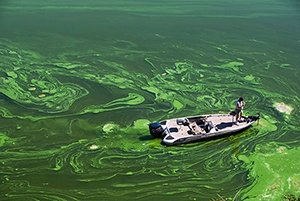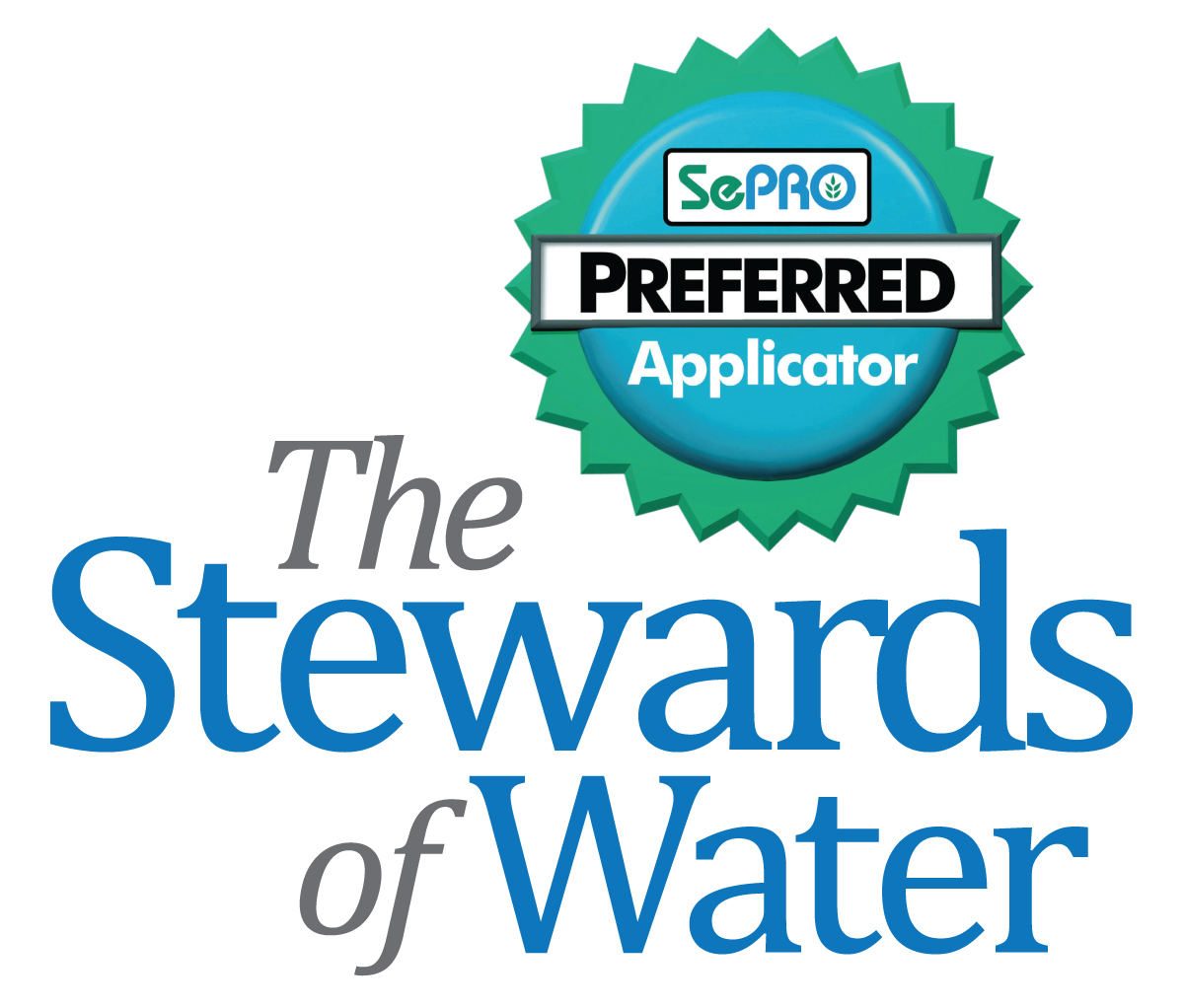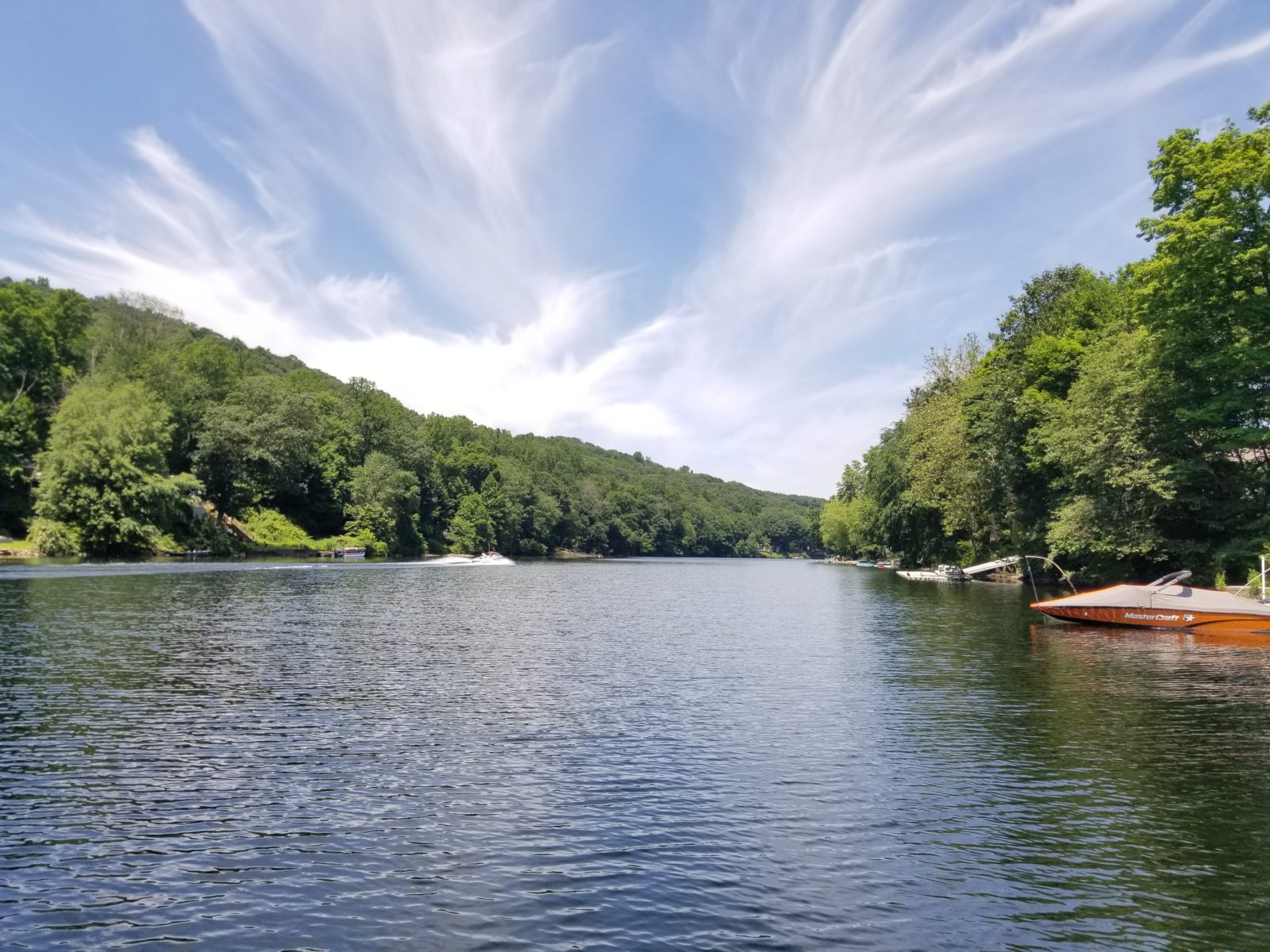Reprinted with permission from our trusted partners at SePRO Corporation, written by West Bishop, Algae Scientist & Water Quality Research Manager
 As Americans, we often take clean drinking water for granted. However, we have seen several examples lately of municipal water supplies being choked off by the results of phosphorus pollution and excessive algae blooms. Take, for example, what occurred in Toledo in August 2014. Residents were warned not to drink the water coming from their taps. Lake Erie, a major source of the city’s drinking water, was polluted by toxic algal blooms, which were fed by excess nutrients.
As Americans, we often take clean drinking water for granted. However, we have seen several examples lately of municipal water supplies being choked off by the results of phosphorus pollution and excessive algae blooms. Take, for example, what occurred in Toledo in August 2014. Residents were warned not to drink the water coming from their taps. Lake Erie, a major source of the city’s drinking water, was polluted by toxic algal blooms, which were fed by excess nutrients.
What is Phosphorous Pollution?
In certain amounts, phosphorous is a critical nutrient for supporting life in freshwater systems. But as with anything, when things get out of balance, water with too much phosphorus can cause toxic cyanobacteria blooms. This process of nutrient accumulation and aging waterbodies is called eutrophication. Excess phosphorus enters lakes and ponds from runoff, sewage, and other decomposing matter. Eutrophication in freshwaters has been accelerated by human activities – mainly runoff from fertilized farmland or golf courses and human discharge from wastewater plants. All of this additional phosphorous feeds and promotes toxic cyanobacteria. The cyanobacteria, in turn, can deplete oxygen from the freshwater and block sunlight from reaching past the surface, which means plant and aquatic life are threatened. The toxins can also directly threaten all organisms that use the water.
Attempts to Manage Phosphorus Pollution
Across the country, regulations have been passed in an attempt to reverse (or at least) slow the influx of phosphorous into waterbodies. In particular, farmers and fertilizers used in farming have been targeted. The EPA regulates certain types of phosphorus used in farming to determine which are least detrimental to the health of the soil and nearby waterbodies. Farmers are also required to create buffer zones and practice different tilling techniques to minimize runoff.
Other programs have aimed to change farming practices without regulation. For example, some use cost-sharing. This way, each individual farmer doesn’t take a big financial hit when transitioning to new methods.
However, pointing fingers at farmers won’t solve the phosphorus pollution problem. Everyone needs to work together to solve this problem, and we need to investigate other sources of phosphorus. Think about this: a flock of geese can fly over a lake and drop a lot of phosphorus, too – but it’s harder to regulate geese than to regulate farming practices! We have to look broadly to truly make a difference. Also, since phosphorus has continually built up over many years/decades in these waterbodies, the internal recycling can be a significant contributing factor to lake health.
Impacts Go Beyond Drinking Water
Beyond concerns about drinking water, reducing phosphorus pollution is important for other reasons. It can protect water used for irrigation and livestock, and it can benefit the environment as a whole – including species that live in and around waterbodies. Cleaning up our water won’t be done overnight, but it’s a long-term investment in our health and environmental stewardship.
Contact the experts at 888-480-5253 for all of your lake, pond and fisheries management needs.
 West Bishop is the Algae Scientist and Water Quality Research Manager at SePRO Corporation. He has an M.S. in Aquatic Toxicology from Clemson University and is a Certified Lake Professional through NALMS. He blogs about algae management and other algae-related topics for StewardsOfWater.com.
West Bishop is the Algae Scientist and Water Quality Research Manager at SePRO Corporation. He has an M.S. in Aquatic Toxicology from Clemson University and is a Certified Lake Professional through NALMS. He blogs about algae management and other algae-related topics for StewardsOfWater.com.
Since 1998, SOLitude Lake Management has been committed to providing full-service lake and pond management services that improve water quality, preserve natural resources, and reduce our environmental footprint. Services are available throughout the Eastern United States. Fisheries management consulting and aquatic products are available nationwide. Learn more about SOLitude Lake Management and purchase products at www.solitudelakemanagement.com.










